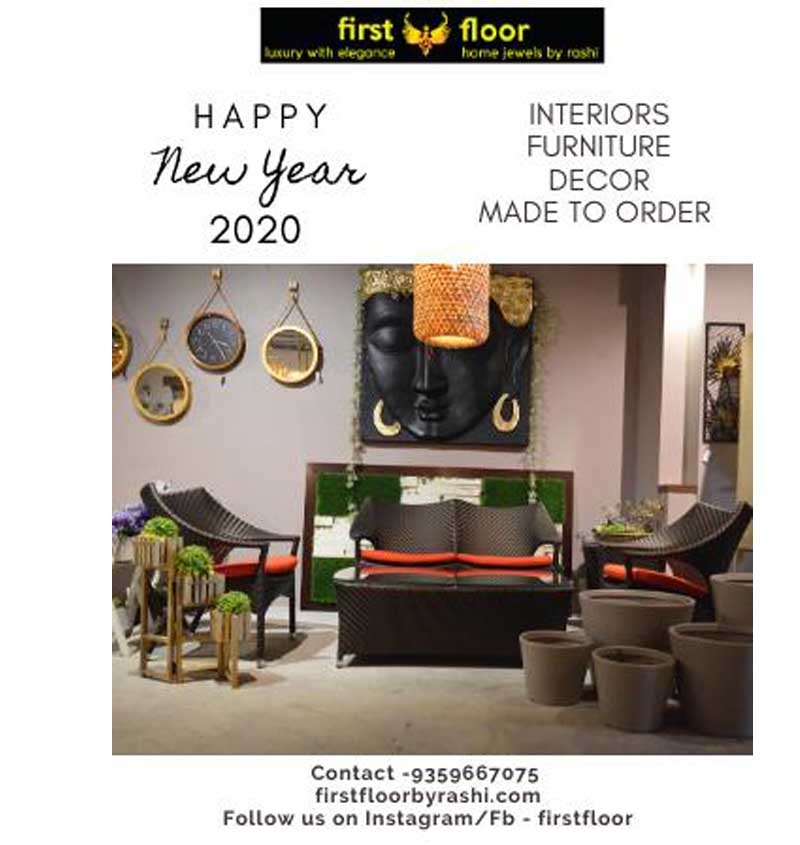The Multifaceted Role of Fabric in Interior Design
-
Aesthetic Appeal
One of the most immediate and obvious roles of fabric in interior design is its impact on the room’s visual appearance. The right fabric can enhance the color palette, introduce patterns, and create contrast, giving a space depth and character. Whether through plush velvet drapes, linen slipcovers, or patterned cushions, fabric allows designers to play with textures and colors in ways that other materials can't.
-
Color: Fabrics come in a wide range of colors, from bold and vibrant to muted and neutral. The color of fabrics can set the tone for a room, influencing its atmosphere. For instance, light-colored fabrics such as soft whites, pastels, and beige can make a space feel airy, open, and serene. On the other hand, rich jewel tones like emerald green, royal blue, and deep purple evoke luxury and sophistication.
-
Patterns and Prints: Fabrics offer endless possibilities in terms of patterns and prints. Stripes, florals, geometric shapes, and abstract designs can introduce visual interest and help highlight certain areas of a room. For example, an upholstered sofa in a bold print can act as the focal point of a living room, while a simple, neutral fabric might create a more understated elegance.
-
-
Texture and Comfort
Texture is another key aspect of fabric in interior design. The tactile qualities of different fabrics can create an inviting and comfortable atmosphere, making spaces feel cozy and welcoming. Soft, plush materials like velvet, chenille, and suede can make furniture feel luxurious and provide a sense of warmth, while smoother, crisp fabrics like cotton and linen offer a lighter, more relaxed vibe.
-
Upholstery: The fabric used on furniture such as sofas, chairs, and ottomans not only affects the overall aesthetic but also determines the comfort level of the piece. A sofa covered in soft microfiber is comfortable for lounging, while a leather armchair may add sophistication and ease of maintenance.
-
Textile Accessories: Fabrics in the form of throws, cushions, and blankets introduce comfort and coziness to a room. They can be easily swapped out to update the look of a space without requiring a complete overhaul. These textiles also allow for layering, which adds richness and depth to the overall design.
-
-
Functionality and Durability
Beyond beauty, fabric is a highly functional element in interior design. The durability and practicality of a fabric can influence how well it performs in a particular space. For instance, heavy-duty fabrics are ideal for high-traffic areas, while lighter, more delicate fabrics are better suited to spaces with less wear and tear, such as formal living rooms or bedrooms.
-
Durability: Fabrics like canvas, denim, and outdoor upholstery materials are made to withstand heavy use, making them ideal choices for family rooms or commercial spaces. For upholstery, choosing durable fabrics like leather, microfiber, or performance fabrics ensures that furniture maintains its appearance and functionality over time.
-
Cleaning and Maintenance: Certain fabrics are easier to maintain than others. For example, polyester, microfiber, and cotton blend fabrics are relatively low-maintenance and can be easily cleaned or spot-treated, making them practical for households with children or pets. On the other hand, delicate fabrics like silk or velvet might require more care but can offer a more luxurious appearance when used in controlled settings.
-
-
Creating Mood and Atmosphere
Fabrics have the power to dramatically change the mood and ambiance of a room. The type of fabric chosen can make a space feel either more casual and relaxed or formal and sophisticated. Fabric choices in window treatments, upholstery, and accent pieces all contribute to the overall feeling of the space.
-
Light and Airiness: Sheer or lightweight fabrics, such as linen or cotton, allow natural light to flow through a space, creating an airy, open atmosphere. These fabrics are often used for curtains, drapes, and other window treatments in spaces where you want to emphasize brightness and openness, such as kitchens, sunrooms, or modern living rooms.
-
Warmth and Intimacy: Heavier fabrics like velvet, brocade, and wool help to create a sense of warmth and coziness, perfect for colder months or rooms where you want to encourage relaxation, such as bedrooms and reading nooks. Richly textured fabrics can enhance the feeling of intimacy and luxury.
-
-
Sustainability in Fabric Choices
In today’s design world, sustainability has become a crucial consideration when selecting fabrics for interiors. With increasing awareness of environmental impacts, designers and homeowners are seeking fabrics that are eco-friendly, responsibly sourced, and made from natural or recycled materials.
-
Natural Fibers: Fabrics like organic cotton, wool, hemp, and bamboo are sustainable options that have a minimal environmental footprint. These materials are biodegradable and require less energy to produce than synthetic fibers.
-
Recycled and Upcycled Fabrics: Recycled polyester and upcycled fabrics offer a way to repurpose materials, reducing waste and promoting circularity in design. Many designers now incorporate these fabrics into their projects, making conscious efforts to create environmentally friendly spaces.
-
-
Cultural and Personal Expression
Fabric choices can also be a form of personal expression, reflecting the cultural influences, values, and tastes of those who inhabit a space. The fabrics chosen for an interior can communicate personality and style, with certain textiles evoking specific cultural or historical references.
-
Ethnic and Global Fabrics: Designers often incorporate textiles from different cultures to add depth and richness to a space. Handwoven textiles, such as Indian silks, African prints, or Middle Eastern tapestries, can tell a story and bring a unique sense of authenticity and craftsmanship to an interior.
-
Personal Touches: Fabric accessories such as throw pillows, bedspreads, and tablecloths offer an opportunity for individuals to infuse their personal style into a space. Custom fabrics or vintage finds can bring warmth and individuality to a room, reflecting the tastes and experiences of its residents.
-
Conclusion
Fabric is not just a decorative element in interior design; it’s a versatile, essential tool that contributes to the aesthetic, comfort, functionality, and overall mood of a space. From upholstery and drapery to cushions and throws, fabric choices have the power to elevate a room, create comfort, and reflect the personality of the people who inhabit it. Whether selecting luxurious velvets for a formal living room or breezy linens for a relaxed bedroom, fabric plays a central role in crafting interiors that are both beautiful and practical. As design trends continue to evolve, the role of fabric remains an ever-important part of creating thoughtful and dynamic living environments.



















Your Message